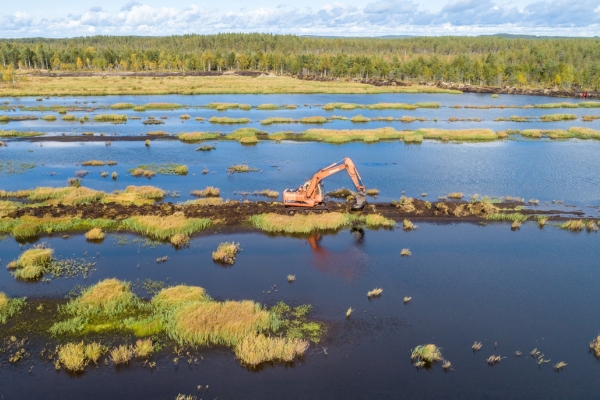
BASC Wildlife Fund seeks new trustees
The BASC Wildlife Fund charity is seeking new individuals to join its board of trustees.
Get information on the legal shooting season for mammals and birds in the UK.
Apply for funding for your project or make a donation today
Comprehensive information and advice from our specialist firearms team.
Everything you need to know about shotgun, rifle and airgun ammunition.
Find our up-to-date information, advice and links to government resources.
Everything you need to know on firearms law and licensing.
All the latest news and advice on general licences and how they affect you.
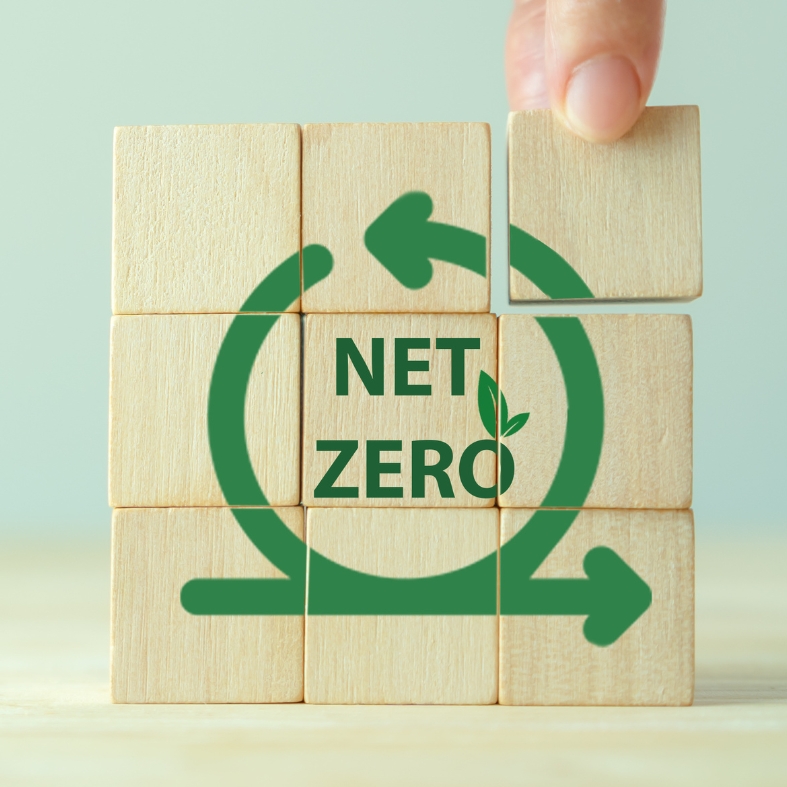

The 28th meeting of the UN’s Conference of Parties for the Framework Convention on Climate Change, referred to as COP28, in Dubai is in full swing.
Early controversial topics include whether fossil fuels are going to be phased out or phased down, and if a commitment by more than 100 countries to increase the amount of renewable energy by 2030 is achievable.
On the latter, let’s hope so. Reducing our greenhouse gas emissions, such as carbon dioxide and methane, is vital and something everyone can contribute to. We can try to use less energy or at least be more efficient with it. We can also reduce our personal carbon footprint through our buying choices, and so forth. The question is for us, what does shooting bring to the table in addition to these things?
I reckon it is around the carbon storage and carbon capture of habitats we influence and about low carbon local food provided by shooting. To explore the point, I’m going to look at three habitats associated with shooting.
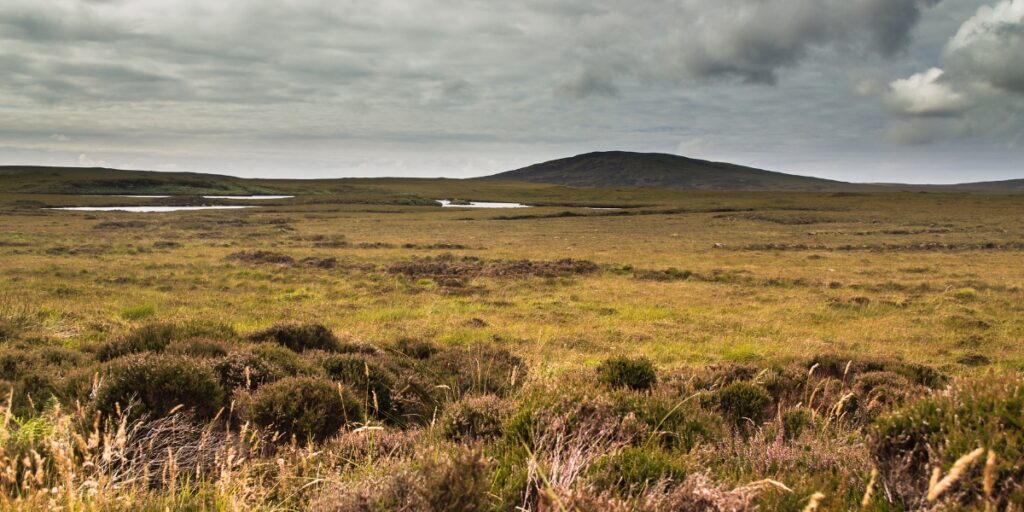
Probably the most debated of these habitats is peatlands. Most of the UK’s peatlands are actually found in lowland areas, despite our immediate thought of upland moors and bogs. It is a tough habitat for climate concerns, because most of the peat is emitting greenhouse gases due to historical or active drainage, markedly so in these lowlands areas where it is used for agriculture.
Only peatlands in pristine or near natural condition and with the right water regime might be capturing new carbon, or be near to neutral in terms of carbon capture and emissions. This may be as little as a fifth of all peatland in the UK. So, what about the impact of grouse moors on peatlands?
Firstly, grouse management does not include drainage. In fact, the Moorland Association estimates that English grouse moors have blocked more than 7,000km of grips. Keeping peat waterlogged is what keeps the carbon locked up in the soil.
In terms of vegetation management, some of the newer science is looking at the whole cycle of cutting and burning heather. For example, not just emissions that need to be considered when a burn is undertaken, but also what happens as the vegetation regrows before the next burn.
Early findings indicate that managed burning can in fact capture carbon overall and that cutting should be thought through carefully, as the rotting down of vegetation can release methane – one of the most potent greenhouse gases there is.
Moorland management is complex, but the big picture is that grouse management acts to preserve or restore wetness of peatlands, locking up carbon in the soils and the management of the heather through controlled burning can be net carbon sink.
Other types of wetlands are important to shooting, too. These include coastal saltmarshes, through to agricultural wetlands of ponds, lakes, fens and wet grasslands.
The target recommended by the UK Climate Change Committee is the creation of 100,000ha of new wetland by 2050 to help us reach our net zero carbon targets. Many conservation organisations like WWT have adopted this target and built their strategies around it.
We have an important role to play in supporting and funding work towards this aim. The BASC Wildlife Fund has supported a significant amount of wetland or wetland species conservation work, both in the UK and abroad. The developing saltmarsh carbon code is exciting and could provide an excellent opportunity for land managers, such as wildfowling clubs interested in improving the condition of this habitat, to access private financial support.
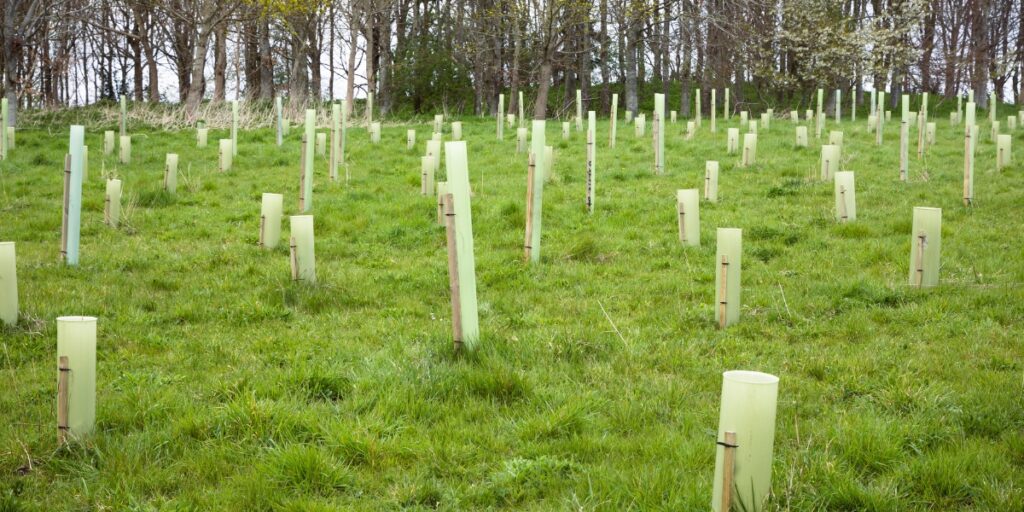
The final habitat is perhaps the poster-child of climate media coverage – woodland. Governments have national strategies to increase woodland cover, and England even has a legally-binding target.
Shooting is a key driver in woodland creation and woodland management. That is just a fact, with the 2020 rapid evidence review of the ecological impacts of gamebird releasing making this point clear, alongside the importance of following best practice advice.
Its good to see agencies understanding this opportunity; the Forestry Commission released a promotional video this year encouraging diversification through planting woodland, listing game shooting alongside glamping and forest schools as potential uses to provide income.
Housed on our website is a set of woodland advice pages, providing practical, useful information for readers. We include what a woodland in good ecological condition looks like and how management for shooting can be used to get it there. If you’re involved in a shoot, the objective has to be getting habitats in great condition, which in turn will improve the quality and sustainability of your shooting.
Shooting underpins the management of deer and grey squirrel in woodland, both of which, if not controlled are responsible for the failure of new plantations, or existing woodland being in poor condition. Governments know both are critical issues and have policies and initiatives that BASC is engaged in to reduce the detrimental impact these mammals can have. The challenge is massive, with numbers of grey squirrel and deer still increasing, and so the role shooting has to play is becoming ever more important.
COP28 will come and go, and the media interest will die off before Christmas. But hopefully the countries of the world will unite behind policies that get us on track to meet our net zero targets and live within our ecological limits.
What I can tell you right now though is people who shoot should focus on protecting and expanding large areas of good quality habitat. This will help the climate through capture and storage of carbon, and promote nature recovery because good habitat is the building block for thriving species’.


The BASC Wildlife Fund charity is seeking new individuals to join its board of trustees.
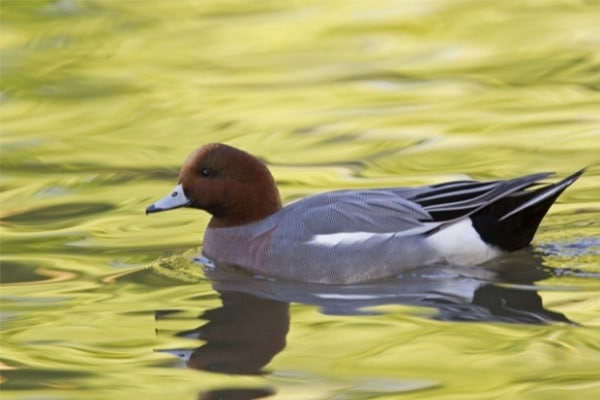
Project Penelope, an international collaboration which seeks to halt the decline of Eurasian widgeon, has got underway in the UK.

From outreach work with schools, to generating cross-party support in parliament, BASC’s bird box project continues to go from strength-to-strength.